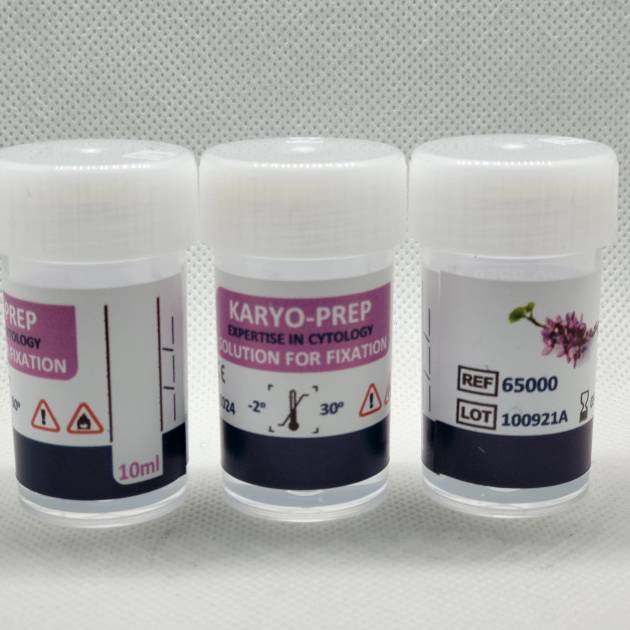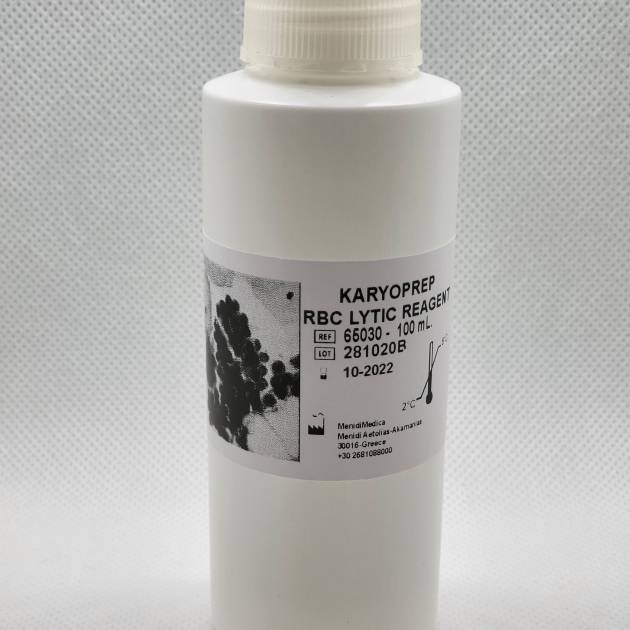Description
INTRODUCTION
D-Xylose naturally exists predominantly in the form of polysaccharides such as xylan, arabinoxylan, glucuronoarabinoxylan, xyloglucan, and xylogalacturonan. It is also present in certain types of seaweed as mixed linkage D-xylans and is believed to constitute the primary structure of psyllium gum. D-Xylose in its free form can be found in a variety of foods including guava, pears, blackberries, loganberries, raspberries, aloe vera gel, kelp, echinacea, boswellia, broccoli, spinach, eggplant, peas, green beans, okra, cabbage, and corn. In medical diagnostics, D-xylose is utilized in an absorption test to identify issues with nutrient, vitamin, and mineral absorption in the small intestine. Normally, D-xylose is readily absorbed by the intestines; however, absorption issues result in reduced levels of D-xylose in the blood and urine. The D-xylose test is particularly useful in diagnosing why a child may not be gaining weight despite adequate food intake. Furthermore, by knowing the ratio of D-xylose to other sugars in a polysaccharide, the concentration of the polysaccharide can be calculated based on the concentration of D-xylose in an acid hydrolysate. Xylans represent a significant portion of polysaccharides that could be converted into fermentable sugars for biofuel production.
PRESENTATION
Catalog No.: DX100001
Size: 100 tests
Detection Range: 0.007 mmol/L – 4 mmol/L
Sensitivity: 0.007 mmol/L
Storage: Store all components at 4°C in the dark for up to 12 months.
Application: For detection and quantification of D-Xylose concentration in serum, plasma, and urine samples. MenidiMedica Biotech’s D-Xylose Assay Kit is a quick, convenient, and sensitive method for measuring and calculating DXylose activity. The absorbance should be measured at 554 nm. The intensity of the color is proportional to the concentration of D-Xylose, which can then be calculated.
KIT COMPONENTS
1. Phloroglucinol: 3 × 10 ml
Materials Required But Not Provided
1. Spectrophotometer (554 nm) or Electra m2
2. Double distilled water
3. Normal saline (0.9% NaCl) or PBS (0.01 M, pH 7.4)
4. 100°C water bath
5. Centrifuge
6. Vortex mixer
7. Timer
PROTOCOL
A. Preparation of samples and reagents
1. Samples
The following sample preparation methods are intended as a guide and may be adjusted as required depending on the specific samples used.
• Serum: Samples should be collected into a serum separator tube. Coagulate the serum by leaving the tube undisturbed in a vertical position overnight at 4°C or at room temperature for up to 1 hr. Centrifuge at approximately 2000 × g for 15 mins at 4°C. If a precipitate appears, centrifuge again. Take the supernatant, keep on ice and assay immediately, or aliquot and store at -80°C for up to 1 month.
• Plasma: Collect plasma using heparin as the anticoagulant. Centrifuge for 10 mins at 1000-2000 × g at 4°C, within 30 mins of collection. If precipitate appears, centrifuge again. Avoid hemolytic samples. Take the supernatant (avoid taking the middle layer containing white blood cells and platelets), keep on ice and assay immediately, or aliquot and store at -80°C for up to 1 month.
• Urine: Collect urine and centrifuge at 10,000 × g for 15 minutes at 4°C. Take the supernatant, keep on ice and assay immediately, or aliquot and store at -80°C for up to 1 month. We recommend carrying out a preliminary experiment to determine the optimal dilution factor of samples before carrying out the formal experiment.
Note:
Fresh samples or recently obtained samples are recommended to prevent degradation and denaturalization that may lead to erroneous results. Lysis buffers may interfere with the kit. It is therefore recommended to use mechanical lysis methods for cell lysates and tissue homogenates.
Test samples should be pre-treated with D-Xylose before assay, and control samples should not be pretreated with D-Xylose before assay.
B. Assay Procedure
1. Set blank, sample control, standard and sample glass tubes. Each sample requires a sample control tube.
2. Serum and plasma samples: Add 3 µl of treated sample to the sample tube. Add 3 µl of untreated sample to the sample control tube. Add 3 µl of 1.33 mmol/L standard to the standard tube. Add 3 µl of double distilled water to the blank tube.
3. Urine samples: Add 5 µl of treated sample to the sample tube. Add 5 µl of untreated sample to the sample control tube. Add 5 µl of 1.33 mmol/L standard to the standard tube. Add 5 µl of double distilled water to the blank tube.
4. Add 0.3 ml of Phloroglucinol to all tubes and mix fully.
5. Incubate all tubes at 100°C in the water bath, and begin the timer. After 4 minutes, remove the tubes and cool immediately with running cold water.
6. Calibrate the spectrophotometer to zero using double distilled water.
7. Measure the OD values of each tube at 554 nm with a 1 cm optical path cuvette.







